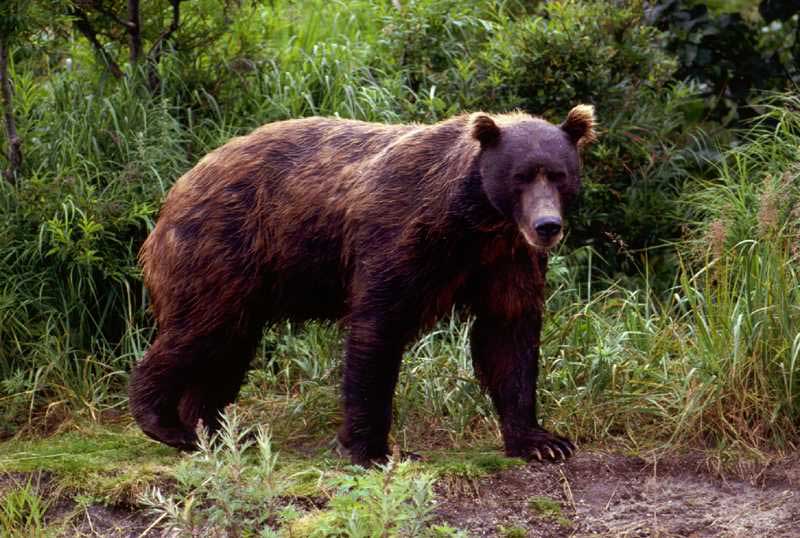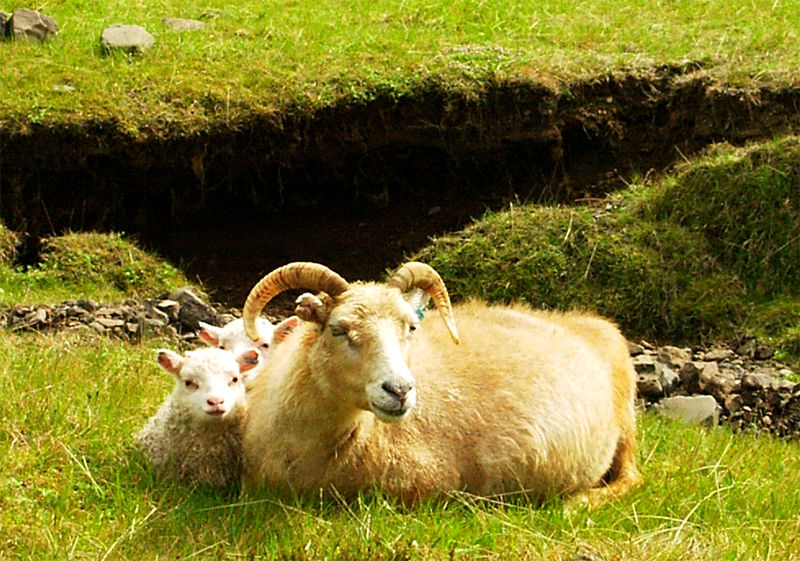This is the edge of a coniferous forest in Reykjavik. Forests like these are a major characteristic of taiga.
There is quite a variety of flora in taiga, but its forests can be separated into two basic types. This is an example of a closed canopy forest, which is found in more southern locations within the taiga biome. These are dense forests with mostly coniferous trees, and also contain wildflowers and shrubs. Some common species include birch (
Betula), pine (
Pinus),and fir (
Abies). Further north are lichen woodlands. True to their name, these are sparse plains which consist mostly of coniferous trees and lichens. Parts of this type also have stunted growth, often due to permafrost. There is much less biodiversity in the north, but some species are the black spruce (
Picea mariana) and tamarack larch (
Larix laricina).
64° 3'30.54"N
21°54'30.56"W





